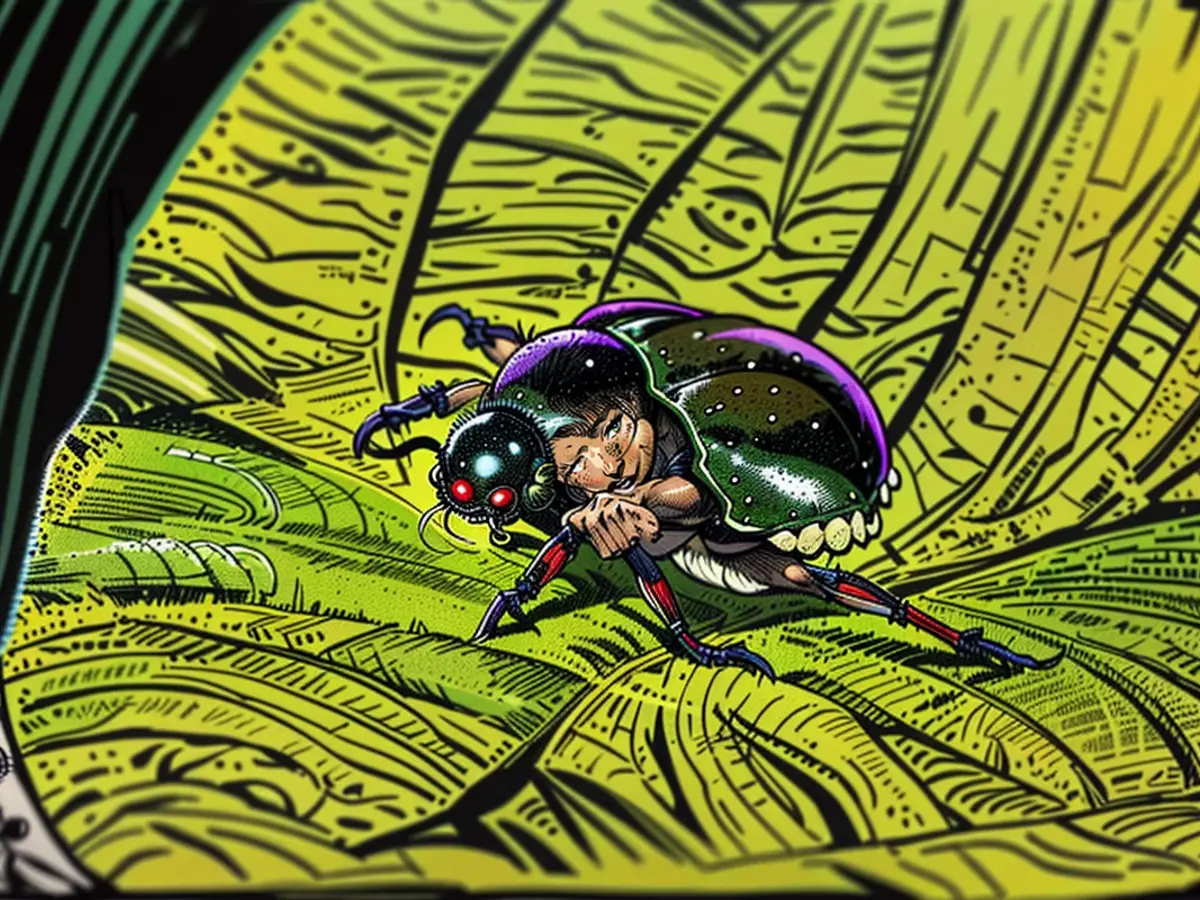The Japanese beetle is here - threatening native plants
Japanese Beetles are about one centimeter long, have gray-brown bodies, and beige hairs on their sides. For the first time, live animals of this species have appeared in Germany. However, their arrival is far from welcome.
After already settling in neighboring countries such as Italy or Switzerland, the Japanese beetle has now also appeared in Germany.
Farmers are particularly concerned about its spread. "It is dangerous for cultivated plants and attacks various plants," explains Dr. Laura Breitkreuz, an expert in biodiversity and insect research at the German Nature Conservation Association. "Especially this diversity in food choices makes it dangerous."
Indeed, the Japanese beetle is not choosy: over 300 different plant species in this country are on its menu: fruit trees, grapevines - even roses.
Threat to harvests and nature
The first German findings are particularly worrying because these introduced insects are hardly controllable here. The local nature cannot fight them on its own. "In Europe, unlike in its native Japan, there are no known predators, which is why it spreads very quickly here," reveals Breitkreuz. Japanese beetles could thus unchecked ravage plantations and cultivated land, causing significant crop damage.
Now it is important to be vigilant and watch for further findings, the expert explains. "If we now pay close attention to early detection, we can prevent or at least significantly slow down a spread in Germany."
What to do in case of sightings
Currently, German Japanese beetle findings are limited to isolated regions in the south of the country. However, it is not impossible that they could also appear elsewhere. Residents are therefore asked to help keep an eye out and report any suspicious-looking beetles. "It is important to report a finding directly to the local plant protection authority of the federal state," advises Breitkreuz.
In addition, there are online platforms where the community can help identify insects correctly. If one of the gluttonous creatures appears in one's own garden, so that it can be caught, the expert advises the following: "If it is really a Japanese beetle, it should be kept in a glass and possibly made available to the plant protection authority."
No need to panic yet
The Japanese beetle is a potential threat to farmers and their harvests. It is also unclear which plants it could infest here in nature. However, there is no need to panic yet. So far, there have only been two confirmed findings in the south, near Freiburg and in the Ludwigsburg district near Stuttgart.
In the meantime, there are general tips on how everyone can prepare for invasive insects. For example, in one's own garden: "It is important here to regularly examine one's plants closely to detect any possible infestation as early as possible and report it."
Since confirmed findings in Germany are still very rare, it is important to avoid confusion. This is also emphasized by expert Breitkreuz. "It would be unfortunate if similar-looking native beetles like the garden chafer beetle or the small June beetle were now collected and killed, and thus their population would be decimated." Therefore, it is important to inform oneself exactly about the appearance of the Japanese beetle beforehand.
In response to the arrival of Japanese Beetles in Germany, agricultural authorities are urging vigilance and reporting of sightings to local plant protection authorities. With no known predators in Europe, the Japanese Beetle could potentially spread unchecked, requiring advising from experts like Dr. Laura Breitkreuz on early detection strategies.







